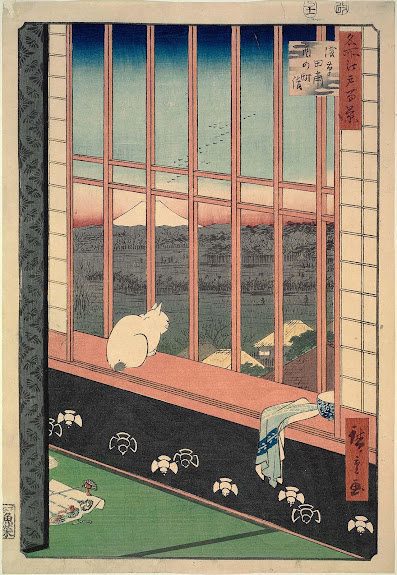Fernand Le'ger "Still Life With a Beer Mug"

Do you like beer? How about a huge mug center stage? That is what this week's image features and it is bright and colorful. It was painted in 1921 by Fernand Le'ger (1881-1955). If you have studied art, you may see a resemblance to Paul Cezanne and Pablo Picasso in this work. Le'ger was a very talented French artist, but did not live in a vacuum. He was part of a large group of extremely gifted artists living in and around Paris in the late 19th century and early 20th century. What a heady experience it must have been to mix and exchange ideas, thoughts and work. But the trick of it all, was to come up with something original, great to be influenced, but one needed their own special brand, product. For Le'ger it was cubism dependent on the cylinder. It became known for a time as, "tubism" Le'ger served in World War I at the front, and shortly after that his painting was very mechanical and dark, but by the time this painting was done, he


